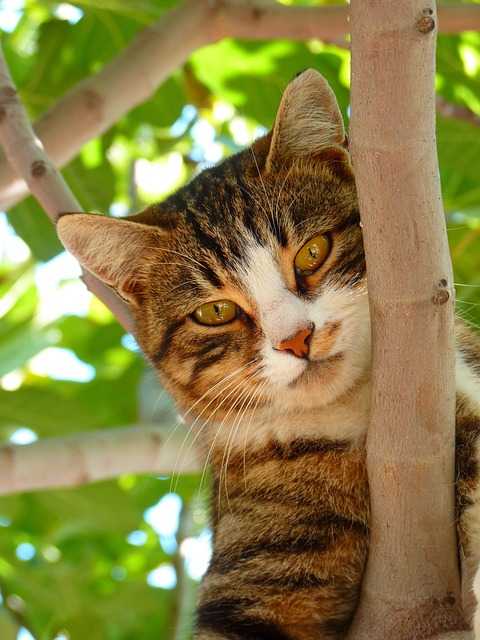Does your beloved feline friend have a talent for transforming your furniture into shredded masterpieces? While their scratching antics might be adorable, the consequences can be frustrating. But fear not, cat owners! Understanding the reasons behind this behavior and implementing effective strategies can help curb unwanted scratching and build a harmonious relationship with your furry companion.
Why Do Cats Scratch?
Scratching is an essential instinct for cats, serving multiple purposes. It helps them sharpen their claws, a crucial tool for hunting and climbing. Additionally, scratching is a way for cats to mark their territory and stretch their muscles, promoting overall well-being. However, when these natural urges are directed towards your furniture, it’s time to intervene.
Environmental Triggers for Cat Scratching:
Sometimes, inappropriate scratching stems from a lack of suitable scratching options. Cats need stimulating scratching posts that cater to their preferences. Additionally, boredom, stress, or anxiety can also lead to destructive scratching behavior. Identifying and addressing these potential triggers is crucial in addressing the root cause of the problem.
Effective Solutions for Cat Scratching:
The key to tackling cat scratching lies in providing appealing scratching alternatives and encouraging positive reinforcement. Choose sturdy, tall scratching posts with various textures and materials, like sisal or cardboard, to pique your cat’s interest. Strategically place these posts in areas frequented by your feline friend, making them easily accessible.
Positive reinforcement plays a vital role in training your cat. Reward them with treats, praise, or playtime whenever they use the scratching post instead of furniture. Consistency and patience are key during this process. While deterrents like double-sided tape or citrus scents can temporarily discourage scratching on specific areas, remember these should be used alongside positive reinforcement for long-term success.
Addressing Specific Challenges:
Declawing, a harmful and unnecessary procedure, should never be considered. If your cat fixates on scratching specific objects like door frames or carpets, explore deterrents like scratching deterrents sprays or furniture protectors while providing alternative scratching options nearby. Multi-cat households might require additional scratching posts to cater to each cat’s individual needs. In complex situations, consulting a veterinarian or animal behaviorist can provide personalized guidance and strategies.
Building Harmony:
Understanding the reasons behind cat scratching and implementing effective solutions go a long way in fostering a positive relationship with your feline companion. By addressing their natural needs in a humane and positive way, you can create a harmonious environment where both you and your cat can thrive.
FAQ:
Q: How long does it take to train a cat to use a scratching post?
A: Patience is key. It can take several weeks or even months for consistent training to show results.
Q: What are some alternative scratching materials?
A: Cardboard boxes, sisal rope toys, and scratching mats can be stimulating alternatives to scratching posts.






